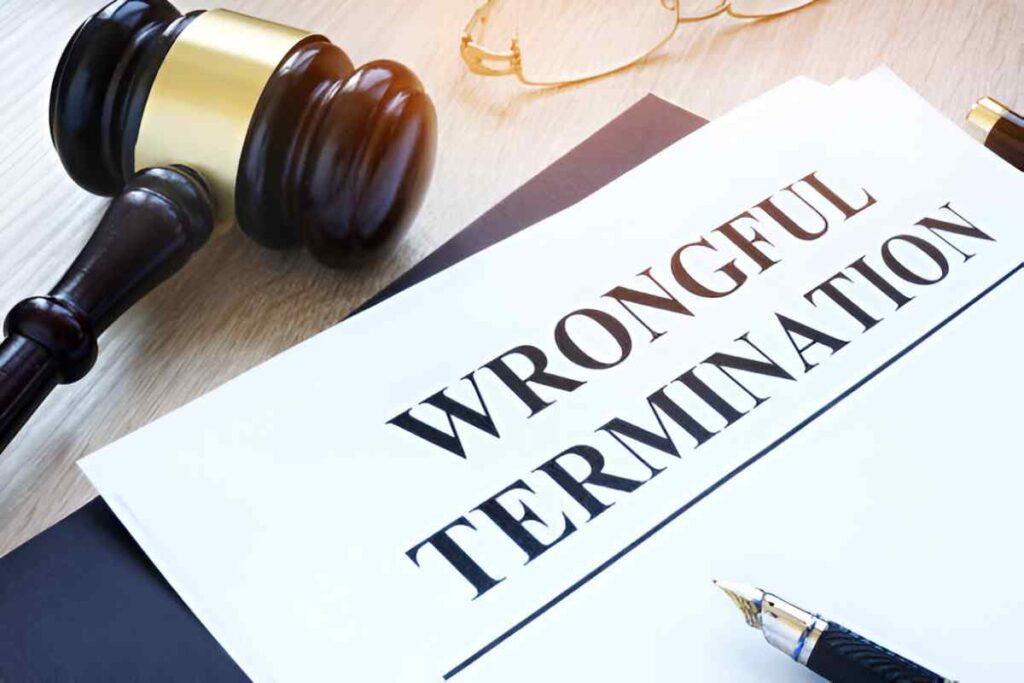As someone who has spent years navigating the complexities of finance and law, I often encounter terms that seem archaic yet hold significant modern relevance. One such term is laesio enormis—a Latin legal doctrine with roots in Roman law that still influences contract fairness today. If you’ve ever wondered how courts assess whether a deal is unjust, this guide will break down laesio enormis in plain English, complete with examples, calculations, and real-world applications.
Table of Contents
What Is Laesio Enormis?
Laesio enormis (meaning “enormous injury” or “excessive loss”) is a legal principle that allows a contract to be rescinded if one party suffers a disproportionate disadvantage—typically when the price of a transaction deviates significantly from the fair market value. Historically, Roman law set the threshold at half the just price (P_{fair}). If the sale price (P_{sale}) was less than 50% of P_{fair}, the injured party could void the contract.
Modern interpretations vary by jurisdiction, but the core idea persists: contracts must not exploit one party’s vulnerability.
Historical Context and Evolution
Roman jurists like Justinian embedded laesio enormis in the Corpus Juris Civilis to protect sellers in land deals. Over time, civil law systems (e.g., France, Germany) adopted it, while common law countries (e.g., the U.S.) address imbalance through doctrines like unconscionability.
Key Differences: Laesio Enormis vs. Unconscionability
| Aspect | Laesio Enormis | Unconscionability (U.S.) |
|---|---|---|
| Origin | Roman law | English common law |
| Threshold | Fixed (usually 50%) | Flexible, case-by-case |
| Focus | Price disparity | Procedural and substantive fairness |
| Remedy | Rescission | Contract void or terms modified |
Mathematical Framework for Assessing Disproportionality
To quantify whether laesio enormis applies, we compare the sale price to the fair value. The formula is:
\text{Disproportion} = \frac{P_{sale} - P_{fair}}{P_{fair}}If the result is ≤ −0.5 (i.e., the sale price is half or less than fair value), the contract may be voidable.
Example Calculation
Suppose a homeowner in distress sells a property worth P_{fair} = \$200,000 for P_{sale} = \$90,000. Plugging into the formula:
This −55% deviation exceeds the −50% threshold, potentially triggering laesio enormis.
Modern Applications in U.S. Law
While the U.S. doesn’t use laesio enormis explicitly, its spirit lives in:
- Unconscionability: Courts may invalidate contracts where terms are “shocking to the conscience.”
- Consumer Protection Laws: States regulate predatory lending and unfair trade practices.
- Real Estate: “Undue influence” claims can arise if a buyer exploits a seller’s desperation.
Case Study: Jones v. Star Credit Corp. (1969)
A consumer bought a freezer for $1,300 (financed at $1,439) when its cash price was $300. The court ruled this unconscionable, mirroring laesio enormis logic.
Socioeconomic Implications
Laesio enormis intersects with wealth inequality. Low-income individuals—often targets of predatory contracts—lack bargaining power. For instance:
- Payday Loans: Annualized interest rates can exceed 300%, far from a “fair” exchange.
- Gentrification: Longtime residents may sell homes below market value due to pressure.
Criticisms and Limitations
- Subjectivity: Fair value is often debated (e.g., art, rare commodities).
- Market Dynamics: In volatile markets (e.g., cryptocurrencies), “fair” prices fluctuate wildly.
- Legal Uncertainty: U.S. courts prefer flexible standards over rigid thresholds.
Practical Takeaways
- For Consumers: Always get independent appraisals before high-stakes transactions.
- For Businesses: Avoid contracts where one party lacks meaningful choice.
- For Legal Professionals: Use laesio enormis as a comparative lens in unfairness cases.
Final Thoughts
Understanding laesio enormis isn’t just an academic exercise—it’s a tool to spot injustice in everyday deals. While the U.S. legal system approaches fairness differently, the doctrine’s core lesson endures: contracts should balance power, not exploit disparity. Whether you’re signing a mortgage or reviewing a business deal, ask yourself: Is this truly fair? If the numbers scream “no,” the law might agree.





